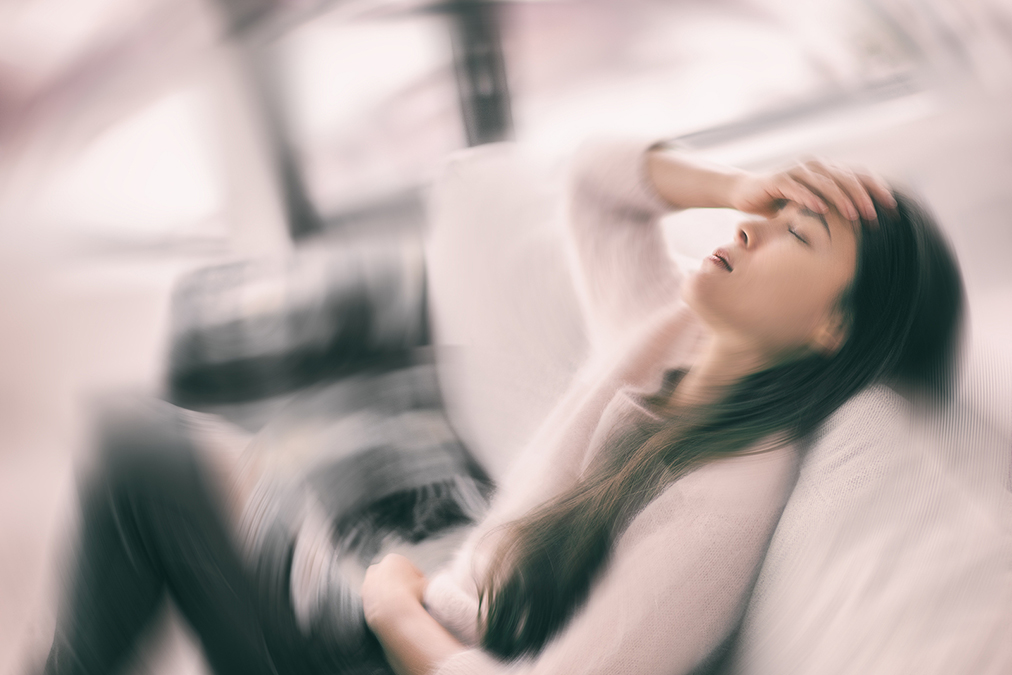 One frustrating problem with vertigo is that even if you receive “successful” treatment, mild dizziness and balance problems may linger for months or years after the main spinning has stopped.
One frustrating problem with vertigo is that even if you receive “successful” treatment, mild dizziness and balance problems may linger for months or years after the main spinning has stopped.
Luckily, a new study published in Acta Oto-Laryngologica found that a specific kind of physical therapy — called vestibular rehabilitation — can help people who continue to feel dizzy after standard vertigo treatment.
The research focused on people who had been treated for benign paroxysmal positional vertigo, commonly called BPPV.
This condition occurs when tiny calcium crystals in your inner ear move out of place, causing intense spinning sensations when you move your head in certain ways.
While doctors can usually fix BPPV with simple head movements that return the crystals to their proper place, many patients still experience lingering dizziness and balance problems long after treatment.
Researchers noticed this issue and decided to investigate whether vestibular rehabilitation could help these patients feel better.
This therapy involves movements and eye exercises designed to retrain your brain.
The researchers recruited 30 people who were all experiencing residual dizziness after successful BPPV treatment.
They divided them into two groups to compare different approaches:
-
● Group 1 (15 participants) received comprehensive vestibular rehabilitation. They attended weekly physiotherapy sessions with a trained therapist and were given specific home exercises to perform daily for six months.
● Group 2 (15 participants) received instruction on aerobic exercises and attended less frequent sessions—only every two weeks—for the same six-month period.
Before and after the six months, both groups were tested using the following:
-
1. Modified Dizziness Handicap Inventory (mDHI): A survey measuring how much dizziness interferes with daily life.
2. Functional Gait Assessment (FGA): A walking test to assess balance and movement.
3. Posturography (COP EC): A test measuring how well someone can stand still with eyes closed—challenging when balance is impaired.
4. Self-Rating Depression Scale (SDS): To track any mental health changes.
Here’s what happened after six months:
-
1. Both groups improved overall: their mDHI (dizziness) and FGA (walking balance) scores got better.
2. But only the vestibular rehab group showed improved balance and postural control — especially when standing with eyes closed.
3. Their dizziness scores also improved more than Group 2’s, meaning they felt less dizzy overall.
So, while both aerobic exercise and vestibular rehabilitation help with lingering post-treatment dizziness, the latter is more effective.
But there are simple exercises that work better than any of these, and there is almost never any lingering dizziness after doing them.

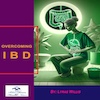 Overcoming IBD
Overcoming IBD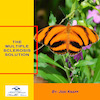 Multiple Sclerosis
Multiple Sclerosis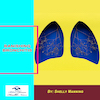 Banishing Bronchitis
Banishing Bronchitis Gum Disease Gone
Gum Disease Gone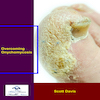 Overcoming Onychomycosis
Overcoming Onychomycosis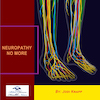 Neuropathy No More
Neuropathy No More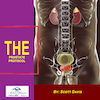 The Prostate Protocol
The Prostate Protocol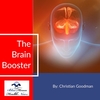 Brain Booster
Brain Booster
 Ironbound
Ironbound
 Solution for Shingles
Solution for Shingles
 The Bone Density Solution
The Bone Density Solution
 The Ultimate Healing Protocol
The Ultimate Healing Protocol
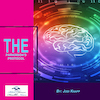 The Parkinson's Protocol
The Parkinson's Protocol
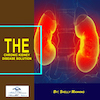 The Chronic Kidney Disease Solution
The Chronic Kidney Disease Solution
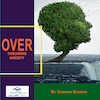 Overthrowing Anxiety
Overthrowing Anxiety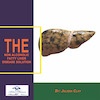 The Fatty Liver Solution
The Fatty Liver Solution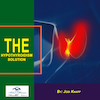 The Hypothyroidism Solution
The Hypothyroidism Solution
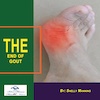 The End of Gout
The End of Gout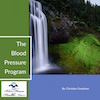 The Blood Pressure Program
The Blood Pressure Program
 The Oxigized Cholesterol Strategy
The Oxigized Cholesterol Strategy
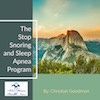 Stop Snoring And Sleep Apnea Program
Stop Snoring And Sleep Apnea Program
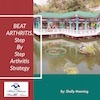 The Arthritis Strategy
The Arthritis Strategy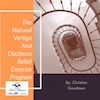 The Vertigo & Dizziness Program
The Vertigo & Dizziness Program The 3-Step Diabetes Strategy
The 3-Step Diabetes Strategy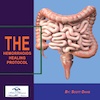 Hemorrhoids Healing Protocol
Hemorrhoids Healing Protocol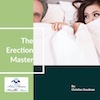 The Erectile Dysfunction Master
The Erectile Dysfunction Master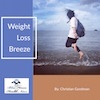 Weight Loss Breeze
Weight Loss Breeze The IBS Program
The IBS Program The Insomnia Program
The Insomnia Program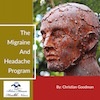 The Migraine and Headache Program
The Migraine and Headache Program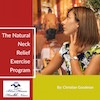 The Neck Pain Solution
The Neck Pain Solution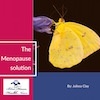 The Menopause Solution
The Menopause Solution The Ejaculation Master
The Ejaculation Master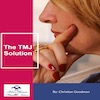 The TMJ Solution
The TMJ Solution The Acid Reflux Solution
The Acid Reflux Solution The Fibromyalgia Solution
The Fibromyalgia Solution The Psoriasis Strategy
The Psoriasis Strategy